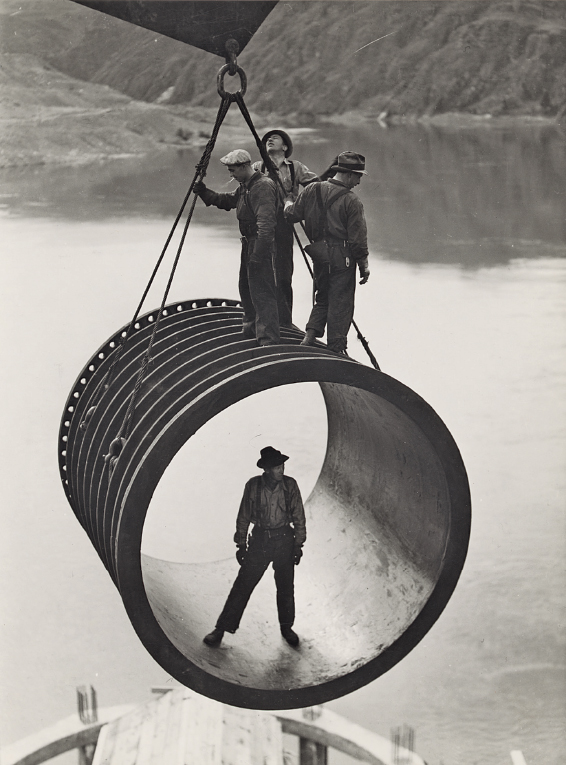America’s History: Printed Page 670
America: A Concise History: Printed Page 609
America’s History: Value Edition: Printed Page 591
Creation of the Welfare State
 Library of Congress.
Library of Congress.
In comparison with their progressive predecessors (Chapters 19 and 20), Republican policymakers of the 1920s believed in hands-off government. Their policies likely helped trigger the Great Depression and deepened its impact after it arrived. Starting in 1932, Americans voted for change: President Franklin Roosevelt’s New Deal programs, 1933–1937, expanded federal responsibility for the welfare of ordinary citizens, sweeping away the laissez faire individualism of the previous decade. Though the New Deal faced considerable challenges on the political right — especially from business and corporate leaders and a hostile Supreme Court — the popularity of its programs, such as Social Security, established a broad consensus that the United States needed a modern welfare state to regulate the economy and provide a basic safety net for the nation’s citizens. For an exploration of the New Deal, see Chapter 23.
Wartime measures went even further, as the government mobilized the entire economy and tens of millions of citizens to fight the Axis powers. The welfare state became a “warfare state,” and Congress gave the president broad powers to fight the war abroad and reorganize the economy at home. Under the government-directed wartime economy, business boomed and productivity grew, but other policies, such as the internment of Japanese immigrants and Japanese Americans, violated fragile civil liberties, leaving a mixed legacy. On America’s roles in World War II, see Chapter 24.